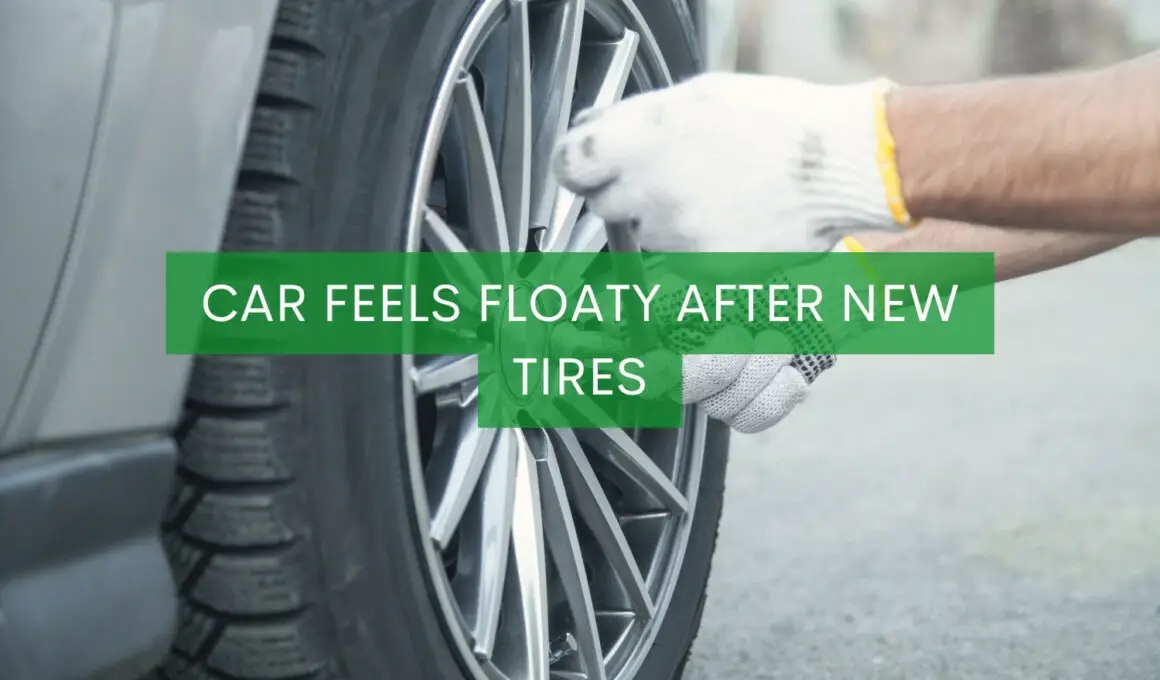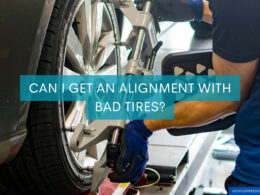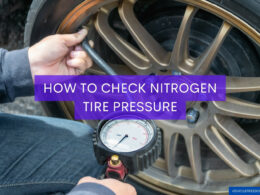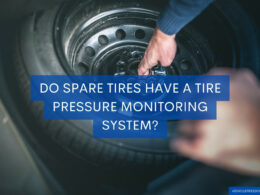In This Article Show
As an experienced auto mechanic and writer with over 15 years of experience, I understand how unsettling it can be when your car starts behaving differently, especially after getting new tires.
You’ve invested in a fresh set of tires, anticipating an improved driving experience, only to find that your car feels “floaty.” But what exactly does this term mean, and why is this happening after installing new tires?
Understanding the mechanics behind these changes is essential for any car owner. Throughout my years in the industry, I’ve encountered many such situations and have guided countless individuals through them.
In this car handling guide, we’ll explore the instances where a car feels floaty after new tires, the underlying causes, and, most importantly, the potential fixes.

What Does “Floaty” Mean In Regards To Car Handling?
When we talk about a car feeling “floaty,” it refers to an uneasy, disconnected sensation between the driver and the road. It might feel like the car isn’t responding to steering inputs as promptly or predictably as it should.
Some people describe it as if the car is moving over a layer of water or as if it’s lightly skating over the road surface. This feeling can be particularly noticeable during high-speed driving or while taking turns, significantly decreasing your sense of control over the vehicle.
Throughout my 15+ years as an auto mechanic, I’ve seen how crucial it is to understand these symptoms of a floaty car, as they often point to issues that need immediate attention.
However, understanding these symptoms is just the beginning; let’s move on to the role of tires in your car’s handling.
The Role Of Tires In Car Handling
Tires are your car’s only point of contact with the road; thus, they play a vital role in your car’s handling. They affect the car’s straight-line stability and performance during turns and braking.
A tire’s size, type, tread pattern, pressure, and overall condition greatly influence its grip on the road and your car’s handling.
Having worked in the automotive industry for over a decade and a half, I’ve witnessed firsthand how significantly the choice and condition of tires can influence a vehicle’s handling.
When you install new tires, you alter this point of contact, which can affect the car’s handling characteristics, sometimes making it feel floaty. But why does this happen?

Reasons Why New Tires Can Make Your Car Feel Floaty
New tires can make your car feel floaty for several reasons, all related to the crucial role tires play in the connection between your vehicle and the road.
1. Incorrect Tire Pressure
Tire pressure has a considerable impact on your car’s handling. If the pressure is too low or too high in your new tires, it may result in that unsettling floaty feel. Most new tires come overinflated from the factory for preservation purposes, and if not adjusted correctly, they can lead to a disconnected feel on the road.
2. Different Tire Types
If your new tires are a different type than you previously had— for season-to-performance tires— the change in handling characteristics can be noticeable. Each type of tire has a specific design and rubber composition, which can dramatically impact the grip and response of your car.
3. Tire Balancing and Alignment Issues
New tires should be balanced, and your car’s alignment should be checked when installed. If not done correctly or skipped entirely, it can lead to a floaty feeling while driving.
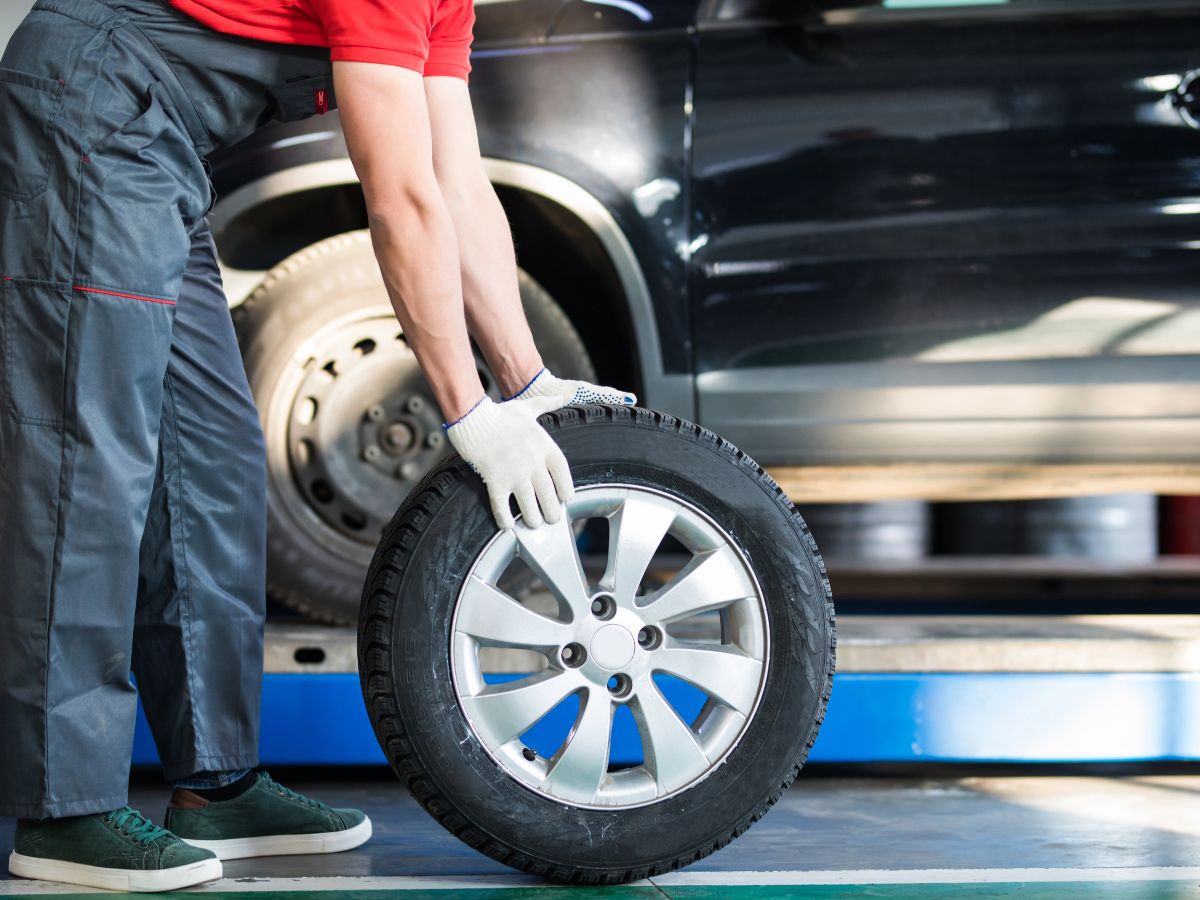
4. Tires Not Being Broken In
New tires have a release agent residue left from manufacturing. This waxy substance helps the tire come out of its mold but can reduce its grip on the road until it’s worn away. The break-in period can range from 50 to 500 miles, depending on the tire and driving conditions.
In my extensive years as an auto mechanic, I’ve found these causes to be the most common for new tires leading to a floaty car feel. Understanding these reasons is the first step in finding a solution.
How To Fix A Floaty Car After Getting New Tires
Now that we’ve identified the potential causes of why your car might feel floaty after getting new tires let’s talk about the fixes.
1. Correct Tire Pressure
Check the tire pressure with a reliable gauge. The correct pressure for your tires is typically found in your car’s manual or on a sticker located on the driver’s side door jamb or inside the glove box door. Adjust it according to the manufacturer’s recommendation if it’s too high or too low.
2. Acclimate to Different Tire Types
If you’ve switched to a different type of tire, it may just be a matter of getting used to the new handling characteristics. Give it some time, and you should adapt to the feel of the new tires.
3. Address Tire Balancing and Alignment
If you suspect the floaty feel is due to improper balance or alignment, take your car back to the mechanic or tire shop. Ask them to check and correct the balance and alignment. In my 15+ years of experience, I can tell you, proper balancing and alignment significantly improve your car’s handling.
4. Break-In New Tires
Be patient and give your new tires some time to break-in. Drive cautiously for the first few hundred miles, avoiding fast turns, hard braking, and high speeds, if possible. This helps to wear off the release agent and allows the tire to achieve optimal grip.
Remember, if you’ve gone through all these steps and your car still feels floaty, it may be time to consult a professional, as I’ve always recommended. Other factors could be at play, such as suspension or steering issues.

Importance of Regular Tire Maintenance
Regular tire maintenance is crucial to ensure optimal car handling and to prevent issues like a floaty feel. It goes beyond just changing your tires when the tread wears down.
Proper tire maintenance involves regular checking and adjusting tire pressure, rotating your tires for even wear, balancing and aligning when necessary, and regularly inspecting tires for signs of damage or uneven wear.
In my 15 years of experience as an auto mechanic, I’ve seen how consistent, regular maintenance can extend tire life and improve your car’s handling, performance, and safety. By taking care of your tires, you ensure that they can do their job correctly, maintaining that all-important connection between your car and the road.
Remember, if you ever experience a significant change in your car’s handling, like feeling floaty after new tires, it’s a sign that something might be off. Don’t ignore it. Whether you’re addressing it yourself or consulting with a professional, recognizing and taking care of the issue promptly is the key.
Wrapping it up
A car feeling floaty after getting new tires can be unsettling, especially as it can alter your sense of control over the vehicle. However, as we’ve explored, this is a phenomenon with identifiable causes and effective solutions.
Whether it’s adjusting tire pressure, acclimating to new tire types, ensuring proper balancing and alignment, or simply allowing for a break-in period, you can usually rectify the situation and restore that secure driving feel.
With over 15 years of experience as an auto mechanic, I assure you that understanding the reasons behind such changes in your car’s handling and taking appropriate steps towards maintenance can dramatically improve your driving experience.
Regular tire check-ups and maintenance are vital, not just for your car’s performance, but also for your safety on the road.






